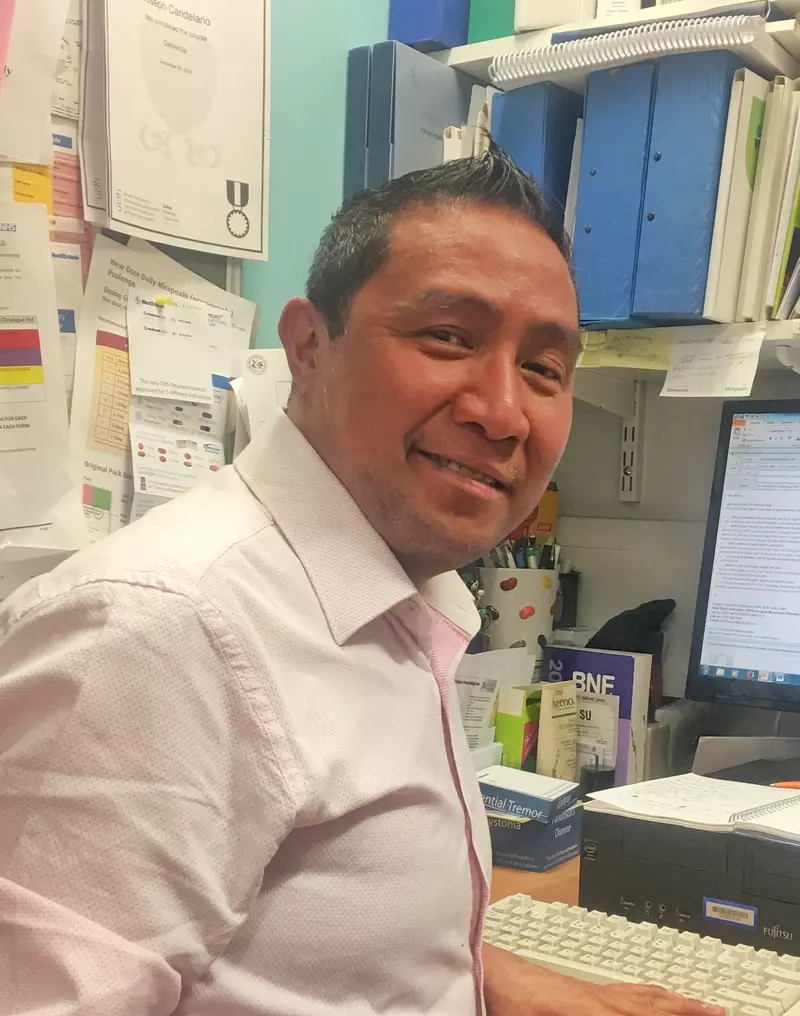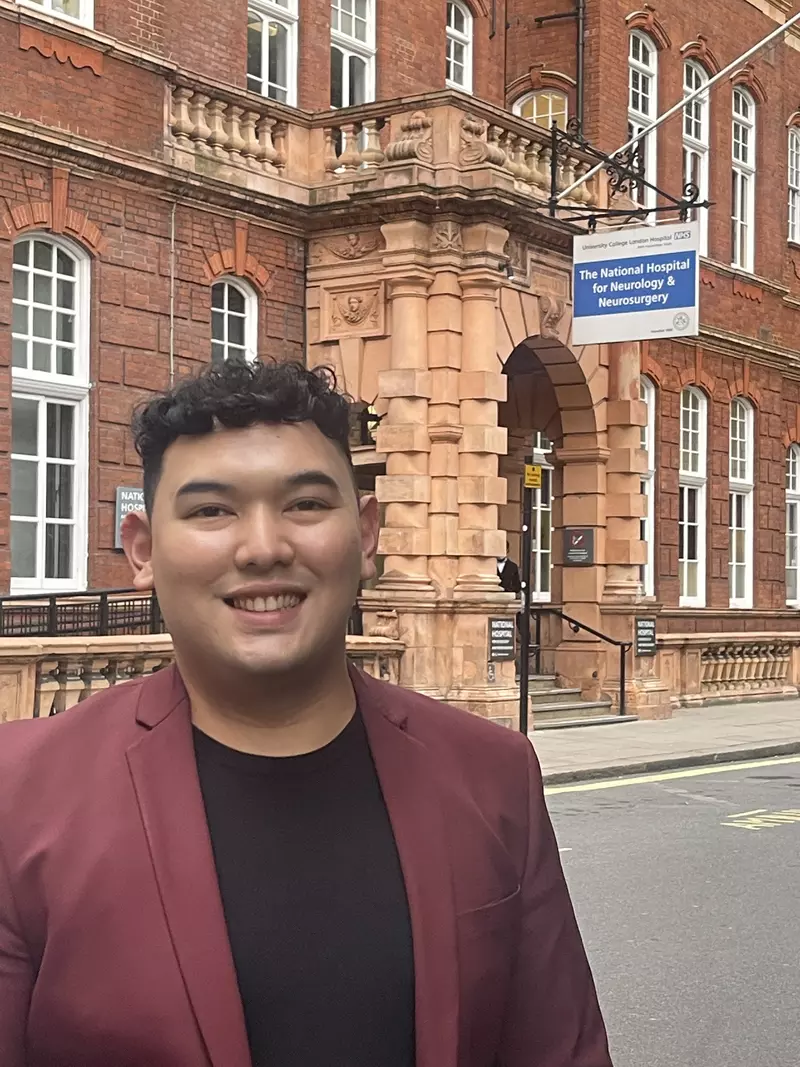Getting to know...a DBS nurse specialist
Deep brain stimulation (DBS) nurses support patients who are being assessed for and undergoing DBS for Parkinson's.
Joseph Candelario-McKeown has been working as a DBS nurse for 15 years, while John Esperida qualified as a DBS nurse 2 years ago. We find out more about their role.
What do you enjoy most about your job?
Joseph: I used to work in a neurology ward and felt really inspired seeing patients severely affected with Parkinson’s getting significantly better after DBS surgery. In the world of neurology, that’s quite unusual. I think it’s also having that daily interaction with patients. Even several years after surgery, I still know my patients very well. I also work with an excellent team who communicate very well with one another.
John: It has to be the patients’ response to DBS, alongside their medications. I cared for one patient who has had Parkinson’s for 25 years. Before the surgery, he wasn’t able to lift a cup without spilling water because of tremors. After DBS surgery, he was even able to write his name down.
And which parts are the most challenging?
Joseph: I think it’s watching a patient’s condition deteriorate to the point where the benefits of DBS and medication become limited. At times, it becomes challenging to find the best treatment and a DBS therapy setting that will help improve the patient’s day-to-day quality of life.
John: Parkinson’s is a complex condition and DBS can only treat the motor symptoms. That’s challenging because you really want to help the patient as much as possible. Also, with DBS, you constantly need to fine-tune settings to get the best outcomes.

What happens before, during and after DBS surgery?
Joseph: We first meet patients when they come in for tests to find out whether they’re a suitable candidate for DBS. This gives us a good opportunity to get to know them and their family or carer, and to talk to them more about the surgery and recovery.
John: After these initial tests, patients need to undergo an MRI scan, followed by a series of cognitive tests.
Next is the Levodopa Challenge. This tests how patients respond after taking levodopa and what happens if they don’t take it. Levodopa works similarly to DBS, so surgery is unlikely to improve any movement symptoms that levodopa does not improve.
We then invite patients to a meeting with the neurosurgeon, neurologists and us DBS nurses, along with their family or carer to discuss the best treatment options.
After surgery, we need to fine-tune the DBS device based on the patient’s individual symptoms and potential side effects.
In most cases, we see patients 3 weeks after surgery, then 3 months, or as often as we need until we find the right settings. We also do regular follow-ups every 6 months to a year.

How do you support family members and loved ones?
Joseph: We always encourage patients to attend the clinic with their family members because patients may not have full insight into their condition. It’s also important to know the family’s expectations of DBS, as there can often be a difference between what the family and patient expect from the surgery.
John: Because Parkinson’s patients will be recovering physically from the surgery, we make sure that family, friends or carers know how to take care of them, and the device.
What advice would you give anyone considering DBS?
Joseph: DBS is not a cure, and not all patients with Parkinson’s are suitable candidates. There are also other factors to consider, such as will the patient be able to travel to the hospital for follow-up visits? Will they be able to look after the implanted device? DBS is a lifelong therapy.
Patients need to think about the implications to their work and lifestyle, and to clearly identify their expectations of the surgery.
John: I recommend doing your research and listening to stories from those who have had DBS, both positive and negative. Talk to your neurologist about whether you are a good candidate for the surgery and undergo the screening process.

